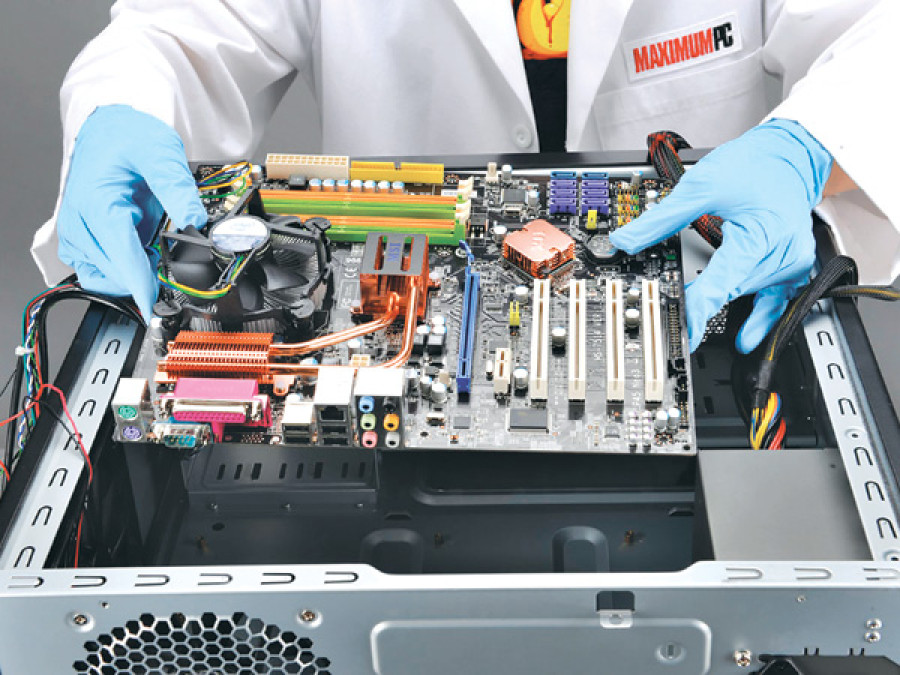Entertainment
Can you future proof technology?
If your technological devices are giving you a hard time or if you’re just curious about certain technological questions, drop us an email at [email protected] and we’ll try to answer your questions as best we can.
Prajesh SJB Rana
A lot of the new phones in the market come with QHD or 4K display resolutions, and since I am in the market for a new phone, I was wondering if I should consider this an important variable while hunting for a phone? Are 4k or UHD resolutions really that important for futureproofing my smartphone?—Dipesh Khanal
Dear Dipesh,
Resolutions are usually the amount of pixels that your device is pushing to your display unit. Usually we think the higher the resolution the better, but that’s not the case. The sharpness of your screen depends on the resolution but it also depends on Pixels Per Inch (PPI). The PPI gives you an accurate number of pixels within one inch of your display; taking into account Apple’s marketing term ‘Retina Display’, Steve Jobs understood that for smartphones to be retina, where you can’t distinguish individual pixels from each other, it would require the PPI to be 300 or higher. So, coming back to resolutions again, the higher the resolution the more densely packed the pixels on your screen would be. Makes sense. But also take into account the size of your smartphone screen, 4096 x 2160 (4k Resolution) on a 5.5-inch screen just does not make sense, in this situation you’d have a pixel density of around 806 ppi, far beyond Apple’s Retina Display standards and far beyond any sane person would need from a smartphone. 4K and QHD resolutions make some sense on a huge TV screen but if you have a small TV around 32’, going for a 4K or QHD display is pointless. On a smartphone, it’s just stupid. Another disadvantage of getting a phone is higher resolutions would be the adverse effects on your performance and battery-life. Your processor will have to work extra hard to churn out those unnecessary pixels and will have to render game graphics on high resolutions which will no doubt affect gameplay performance and drain your battery considerably. Don’t buy into all the marketing gimmicks of companies, they’re just looking for ways to make their smartphones standout and appeal to customers.
I am a computer enthusiast and I love building custom desktop computers for personal as well as office use. I construct computers under strict budgets but my customers always ask me about futureproofing their computers. Investing in a powerful desktop computer is a heavy investment and they want their computers to work for years without having to upgrade. What would you say is the best way to futureproof computers? If I use the very best components available in Nepal, the price of the computers will rise considerably and if I do that, I might drive away customers with hefty price-tags. What would you suggest? — Sunil Sharma
Dear Sunil,
Actually, there is no such thing as futureproofing. It is just not possible to ensure that a computer you build today will stay relevant in the years to come. Technology is improving at such a fast rate that keeping up with technology has turned even harder these days. Moore’s Law states that the number of transistors packed into a simple microchip will double every two years; this was seen clearly during the speed wars of Intel Pentium processors where Intel and AMD were locked in a MHz war. They pushed higher speeds which meant more transistors but now, even more than the speed, computer peripherals are affected by architecture. Moore’s Law is still relevant but not in terms of speed, more so in terms of efficiency. With each new generation of Intel Processors, Intel optimizes how their processors handle complex workloads and how information is separated into chunks so that each logical core on your i3, i5 and i7 processors handles information in parallel. Graphics cards are the same: You can’t expect a 2 to 3-year-old graphics card to perform on par with recent graphic cards. The best you can do is invest in a motherboard that has multiple RAM and expansion slots and upgrade your RAM over the years. You can’t upgrade only your processor because the sockets that house these processes are changing constantly. So my suggestion would be to get the best value of your money today and worry about the future when it comes. Mid to high range components will serve you well for around two to three years and beyond that, you will have to tweak your computer to get relevant performance for that time.




 10.12°C Kathmandu
10.12°C Kathmandu










